Shogun 2: Total War
Returning Japanese.
Jamie Ferguson, Shogun 2's lead designer, says that internally, the team calls this approach "the Zen of Total War" - admitting, before I can wince, that this does "sound a bit cheesy". It encompasses all of the team's goals, which he outlines briefly as "immersion, beauty, style, and doing more with less."
"So say you've got a guy like a nodashi swordsman," he explains. "He's piling through the enemy, and you can see where his strength is - which is on the offence - but at the same time you can see, just by looking at him and his fighting style, that he's very lightly armoured and doesn't wear much equipment, so as a result he's quite likely to go down in a hail of arrows. You get a really strong sense of the stone-paper-scissors for each unit."
The low unit count has also allowed the team to focus on customisation options, with each clan, and each unit, being open to a variety of player customisations. "The kind of variations which might have been different unit types in previous games end up being one unit type that you can choose a specialisation for," explains Simpson.
Meanwhile, certain territories in the campaign mode bring with them advantages for certain types of unit, ensuring that each force ends up radically different to that which another player might wield in his campaign.
Additionally, the team is introducing a variety of Hero units to the game - many of them real or semi-mythological characters from Japanese history, whose presence on the battlefield can turn the tide of war.
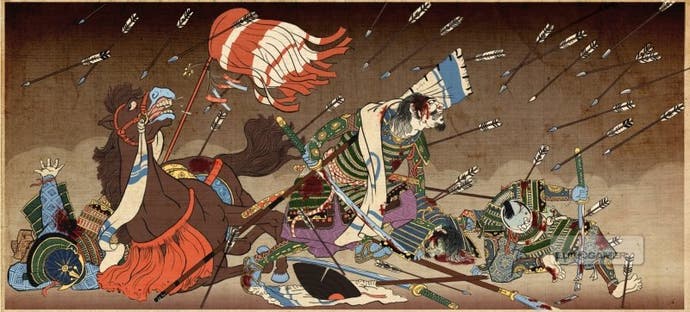
Conscious of Total War's reputation for historical accuracy, however, the team isn't turning these units into total juggernauts. Each Hero will come with a group of disciples, making them into a war unit rather than an individual, and while powerful, they'll remain balanced in the game.
"On his own, against 20 units, he'll die - but he plays his part, and his presence makes the sum into more than its parts," explains Ferguson, noting that a crucial role for many heroes will be the buff they provide to troop morale by their presence.
Benkei, a legendary monk warrior who held a bridge against an entire army before dying, riddled with arrows, still standing in a defensive stance and scaring off enemy soldiers, is cited as one example of the archetypes on which Hero characters will draw.
Huge plans are afoot, too, for two other key areas of Total War's experience - naval battles, and castle sieges. The team is hugely excited about naval battles, which for the first time introduce the concept of a landscape to the engagements. Islands, peninsulas and reefs will provide texture to the battles, a strategic backdrop which allows much more planning and tactical thinking than the blank seascapes of previous games.
Additionally, Japanese ships - driven by oars rather than sails, and lacking cannons, focusing instead on archers and swordsmen for boarding - create a much more tactical form of gameplay than the swirling dogfights of 18th Century naval engagements.
Castle sieges, meanwhile, are radically changed from their European counterparts - not least due to the unique nature of Japanese castles. "In a European castle, you build walls, put a moat around it and say, right, come on, try to get over my walls," says Ferguson.





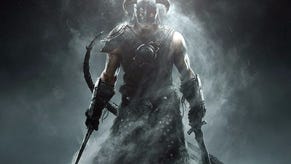
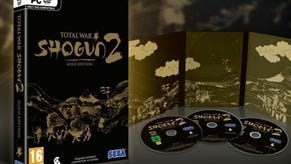

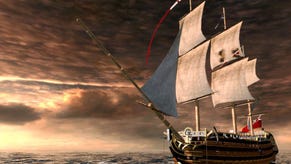
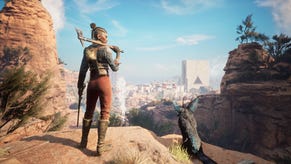



.png?width=291&height=164&fit=crop&quality=80&format=jpg&auto=webp)


